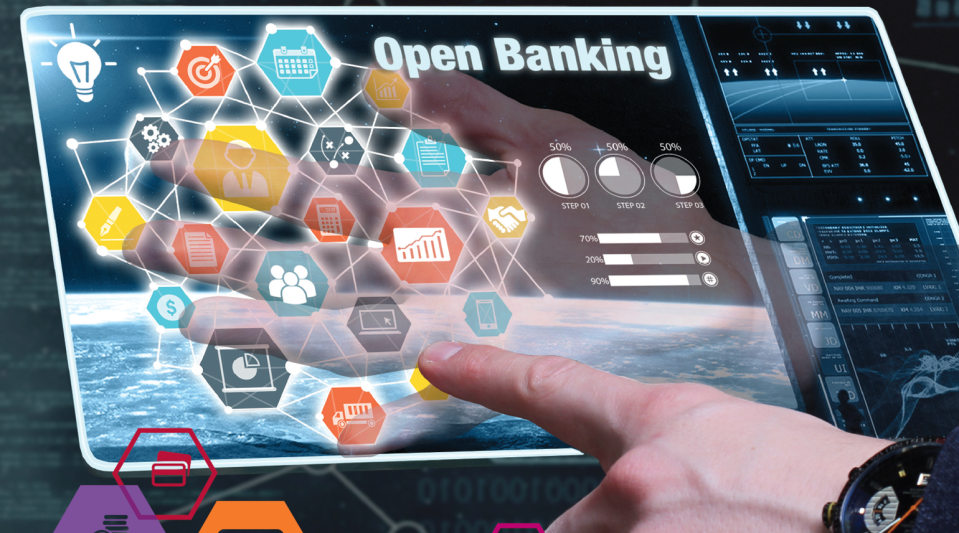Introduction:
As a result of Open Banking, there has been a paradigm shift in the FinTech industry. Aside from digital payments, it has capabilities that go well beyond ordinary convenience for customers, thanks to new advancements. To begin with, open banking was conceived as an outbound trade service that lifts the financial infrastructure’s ceiling to improve client service. He invented the term “Open Innovation” while serving as the Director of Open Innovation at the Haas School of Business at Berkeley. Data that doesn’t belong to a single organization was the focus of this initiative. The essential principles of Open Banking, later adopted by financial institutions, remain the same, allowing end-users to make better decisions.
What is Opening Banking?
Many of you might have question what is open banking architecture innovation? Access to a customer’s banking and transaction data is made possible through the use of APIs in a technique known as “Open Banking” (application programming interfaces). With it, financial institutions and service providers can communicate data easily and securely on behalf of their consumers, as well as carry out transactions such as transferring payments or withdrawing funds directly from a customer’s account.
When it comes to Open Banking, a key goal is to encourage competition and innovation in the financial services industry by making it easier for fintech companies to establish new banking services. Due to Open Banking’s direct access to innovative financial services, this is the ultimate consumer who benefits. Imagine being able to access all of your accounts, operations, transactions, bills, and costs from a single mobile app, all of which are safe and secure. With this information, financial institutions can provide you with more personalized service.
Who Can Get Access?
A lot of people are looking forward to Open Banking, but right now it’s only available to businesses. Bank customers can’t use their apps yet—however, they can still take advantage of open banking indirectly if they want. After a company has received access via its bank, it can sell that data to customers directly.
How Will It Work?
Open banking, also called open data, is a concept that means different things to different people. In its broadest sense, it’s a system where customers can bring their accounts and other financial information with them from one institution to another. In practice, it will mean radically changing how banks view their customers.
What Are The Main Challenges?
You might still might have this question what is open banking architecture innovation and its challenges. Well here is the answer! Open banking was introduced by PSD2, which is short for Payment Services Directive 2. It is one of two regulations regarding payment services and e-money (which includes cryptocurrency). The other regulation is known as the Second Payment Services Directive or PSD1, which allows third-party providers access to bank accounts and data. Introducing Open Banking through these two regulations opens up a whole new world of possibilities for payments.
How Safe Is My Data?
Open banking is all about increasing customer control of their financial data. If you share your bank account details with a fintech, they will be able to see your balances and transactions. When you link other accounts, such as credit cards or investment products, Fintechs will be able to see these too. This makes it crucial for users who share their data to know that it’s safe.
How Much Will These New Services Cost Me?
There’s no extra cost for using Open Banking, but some new products and services will be chargeable. That said, many of these charges will be a fraction of what you pay with traditional banks. For example, transferring money using a service like WeSwap is free and there are no fees on foreign exchange or ATM withdrawals.
Open Banking allows anyone to access bank data via an application programming interface (API). This new financial technology promises to improve customer relationships, enhance competition, and encourage innovation in the financial services industry.
In the Fintech Future Trends 2022 report, we predicted that the future of finance will be decentralized. This means that there will be a shift away from traditional centralized systems, like banks and investment firms, towards more peer-to-peer exchanges. This shift will make it easier for people to access financial products and services without having to go through a third party



